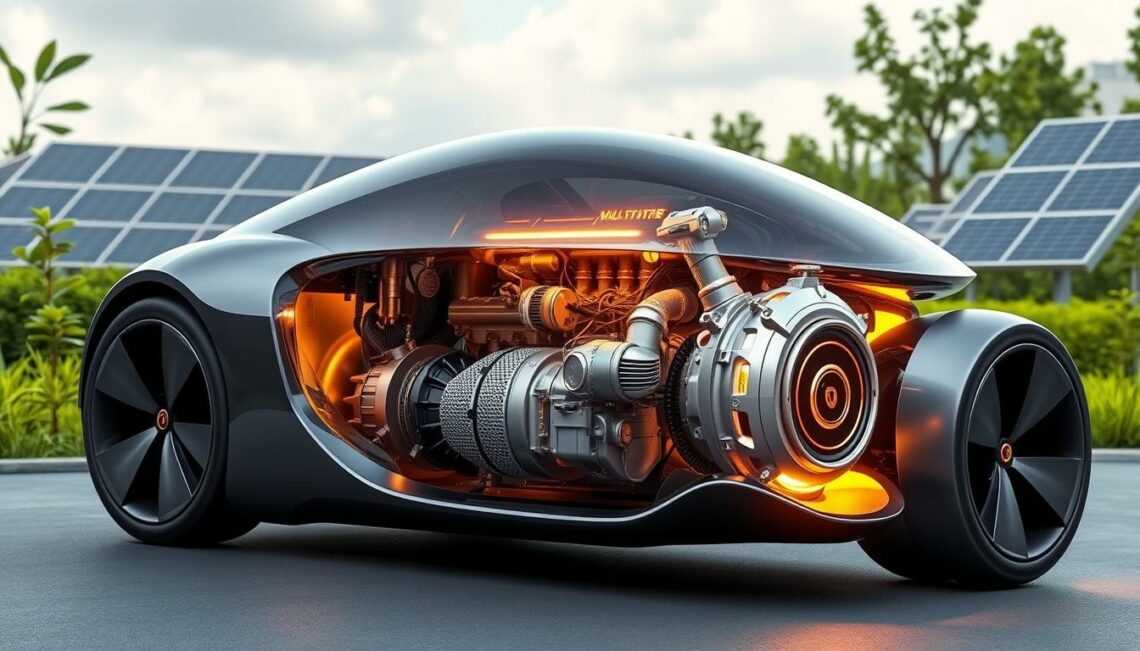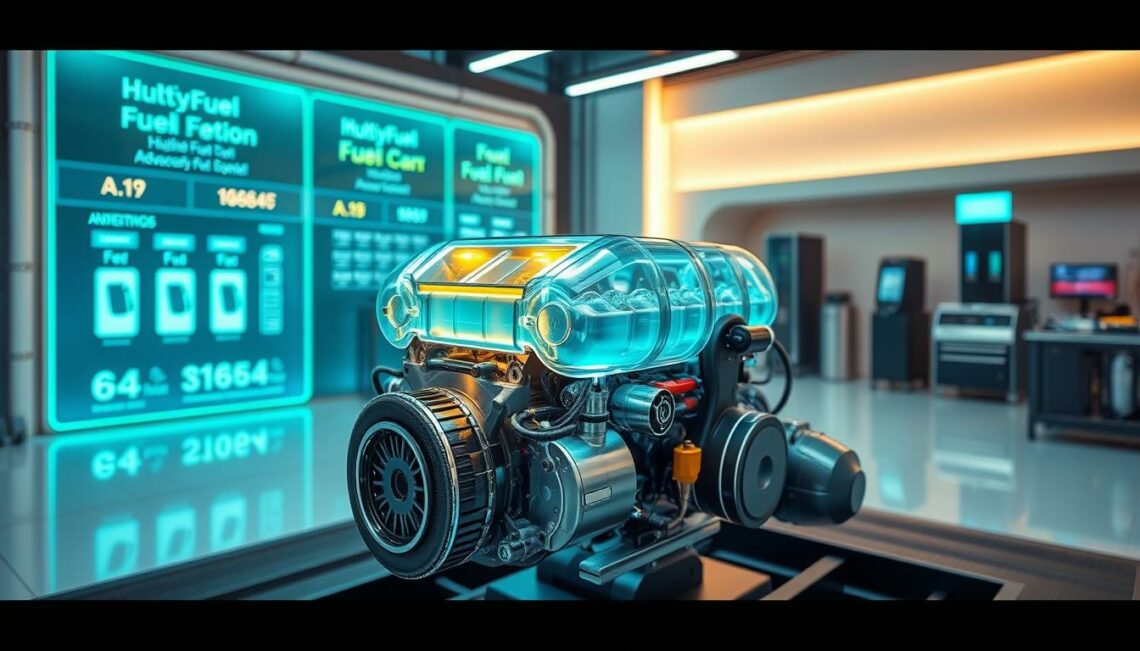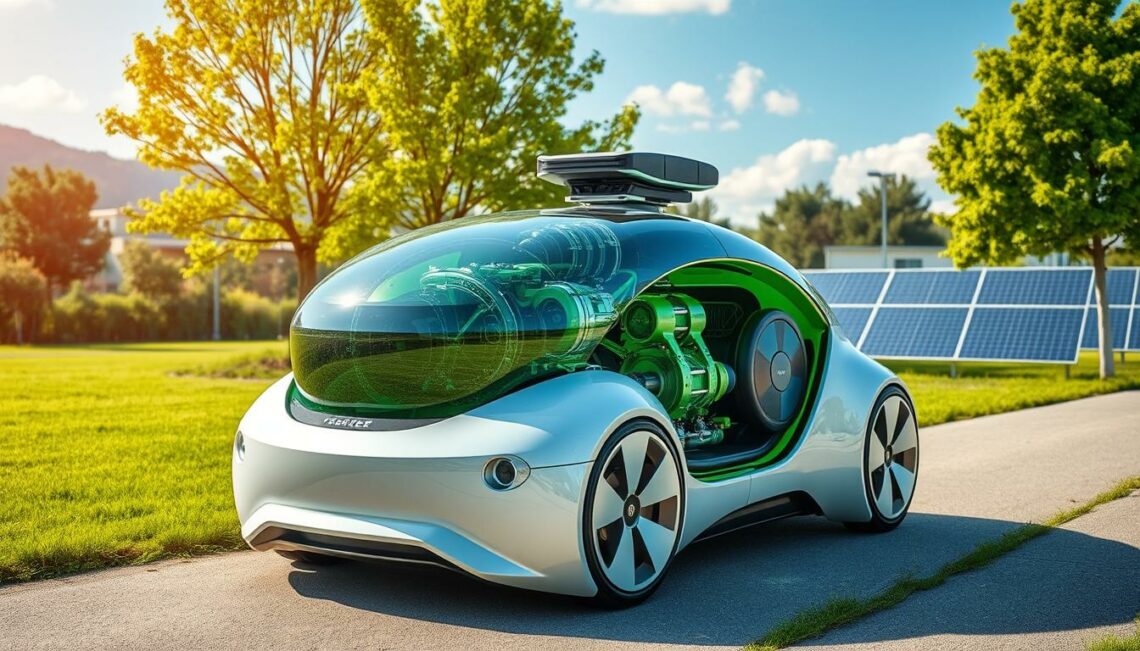As we delve into the world of sustainable automotive design, one innovative solution stands out: multi-fuel engines. These remarkable engines are engineered to operate on various fuel types, reducing our reliance on traditional fossil fuels and paving the way for more eco-friendly vehicles. By harnessing alternatives like biofuels, natural gas, and electricity, multi-fuel engines exemplify the versatility we need in automotive technology today.
In this journey, we’ll explore the growing interest in multi-fuel engines, emphasizing their role in addressing environmental challenges and shaping the future of our roads. Together, let’s uncover why these engines are poised to become an integral part of the automotive landscape.
The Rise of Multi-Fuel Engines in Automotive Technology
The evolution of multi-fuel engines represents a significant milestone in automotive technology. These versatile engines offer the capability to run on various fuel alternatives, enabling manufacturers to respond to shifting consumer preferences and increasing environmental concerns. As we explore this fascinating topic, we will delve into how these engines function and the trends that are driving their expansion in the automotive industry.
Understanding Multi-Fuel Engines
Multi-fuel engines are designed to operate on more than one type of fuel. This flexibility allows them to utilize a range of fuel alternatives, such as gasoline, biofuels, and compressed natural gas. The underlying technology harnesses advanced engineering to ensure reliable performance regardless of the fuel source. Compared to traditional single-fuel engines, multi-fuel engines often deliver enhanced efficiency and reduced emissions, making them a compelling choice as sustainable automotive solutions.
Current Trends in Multi-Fuel Technology
The automotive industry is witnessing an increasing adoption of multi-fuel technologies, driven by factors such as consumer demand and regulatory pressures. Major manufacturers like Toyota and Ford are investing in the development of innovative multi-fuel engines, reflecting a commitment to advancing automotive technology while promoting sustainability. Emerging trends include the integration of hybrid systems and the exploration of alternative fuels, paving the way for a more diverse and eco-friendly transportation landscape.

| Company | Type of Multi-Fuel Engine | Fuel Alternatives | Key Features |
|---|---|---|---|
| Toyota | Hybrid Multi-Fuel | Gasoline, Ethanol | Enhanced fuel efficiency, low emissions |
| Ford | Flex-Fuel | Gasoline, E85 (85% Ethanol) | Robust performance, higher ethanol blend compatibility |
| Volkswagen | Biofuel-Compatible | Biodiesel, Unleaded Gasoline | Reduced carbon footprint, renewable energy source |
Why Multi-Fuel Engines are the Future of Sustainable Automotive Design
Multi-fuel engines offer transformative benefits for both the environment and our economy. As we look closer at their advantages, we can better understand their role in shaping the automotive industry of the future.
Environmental Benefits of Multi-Fuel Engines
The adoption of multi-fuel engines significantly mitigates the environmental impact of transportation. These engines are designed to utilize various fuels, including biofuels and natural gas, which can lead to a substantial reduction in carbon emissions. Studies show that vehicles equipped with multi-fuel technology can achieve up to a 30% decrease in greenhouse gases compared to traditional fossil fuel-powered vehicles. Additionally, the improved fuel efficiency allows for optimized energy usage, making it easier to transition to lower-impact fuel alternatives without sacrificing performance.
Economic Factors Driving Adoption
Numerous economic factors underline the cost-effectiveness of multi-fuel engines. Consumers and companies alike are increasingly attracted to the potential for cost savings, as multi-fuel vehicles typically offer lower operating expenses. Government incentives further catalyze market adoption by making these vehicles more affordable through tax credits and subsidies. As fossil fuel prices continue to rise, multi-fuel engines provide an appealing solution, encouraging a shift towards sustainable practices. Statistical data indicates a steady climb in the popularity of multi-fuel options, showcasing their growing accessibility in consumer markets.
The Role of Innovations in Multi-Fuel Engine Development
As we delve into the realm of multi-fuel engine development, innovations play a critical role in shaping the future of automotive technology. Continuous research and development efforts from manufacturers and academic institutions focus on enhancing engine efficiency, reducing emissions, and improving fuel flexibility.
One of the most notable advancements is the integration of hybrid technologies. These innovations allow engines to seamlessly switch between fuel types, optimizing performance and promoting sustainable design. Advanced combustion processes have also emerged, enabling cleaner burning and maximizing the energy extracted from various fuels.
Smart engine control systems represent another significant leap forward. These systems utilize data and algorithms to adjust engine settings in real-time, ensuring optimal performance across different fuel types. Collaborations between automotive companies and tech firms are vital in accelerating these innovations, allowing us to create more efficient multi-fuel engines that meet the demands of stricter environmental regulations.

Through these collective efforts and breakthroughs in engine technology, we envision a robust future where multi-fuel engines play a foundational role in sustainable automotive design. Embracing these innovations propels us closer to achieving our climate goals while enhancing the driving experience.
Challenges and Solutions in Implementing Multi-Fuel Engines
As we venture into the realm of multi-fuel engines, we encounter several implementation challenges that could hinder their adoption. Infrastructure limitations present significant market barriers; for instance, the availability of refueling stations tailored for diverse fuel types remains sporadic. Coupled with regulatory hurdles, the journey toward integration often appears daunting. Furthermore, consumer resistance to new technologies poses an additional obstacle. Many individuals are hesitant to embrace multi-fuel options, primarily due to a lack of familiarity and understanding.
Nonetheless, solutions to these challenges are emerging. One effective strategy involves the development of governmental policies that incentivize investments in multi-fuel infrastructures, encouraging private companies to participate in the transition. Public-private partnerships can also play a pivotal role in overcoming the myriad of market barriers by pooling resources and expertise to enhance the availability of necessary facilities. Education campaigns are equally vital; by increasing consumer awareness and providing insights into the benefits of multi-fuel technology, we can pave the way for broader acceptance.
Looking at successful case studies, we see regions that have effectively transitioned to multi-fuel engines, demonstrating that adaptation strategies can yield practical benefits. By addressing concerns through collaboration among stakeholders and employing innovative approaches, we can foster a smoother implementation process. Ultimately, the feasibility and advantages of adopting multi-fuel technology stand to contribute significantly to a sustainable automotive future that benefits us all.

